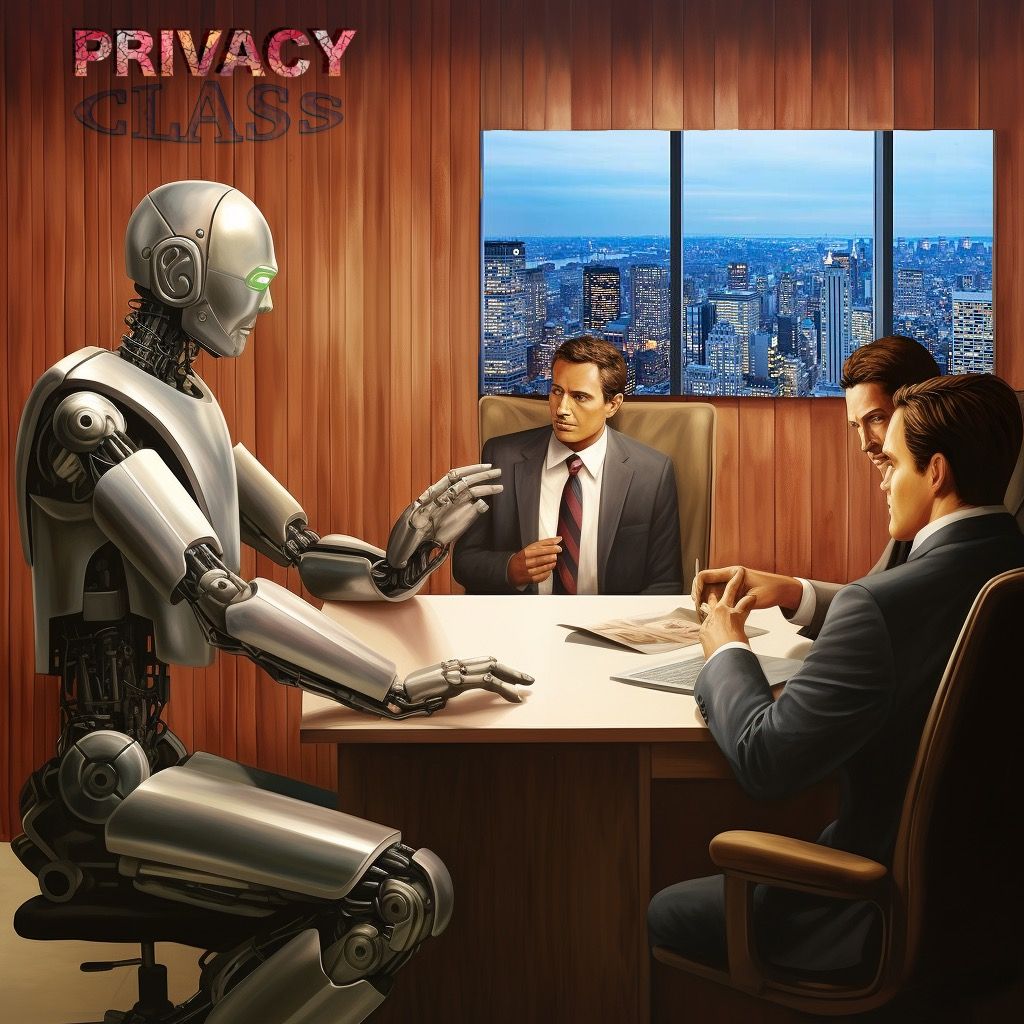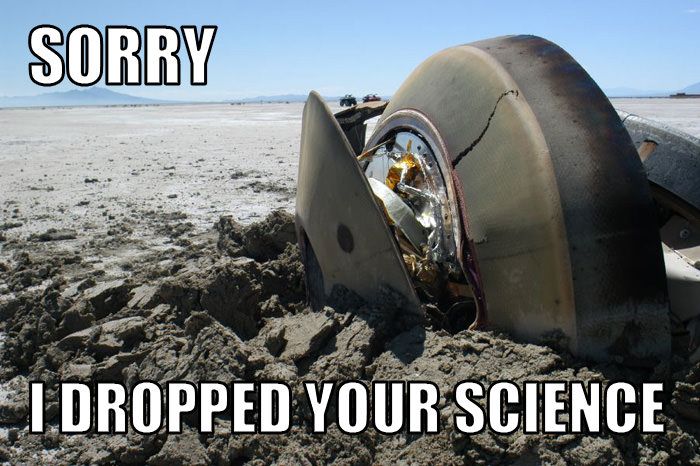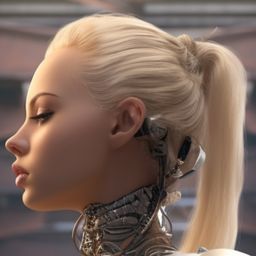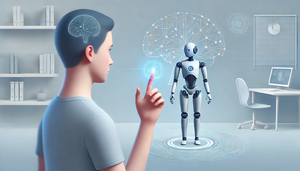In the rapidly evolving world of technology, robotics has emerged as a field that holds immense potential. Robots are becoming an integral part of our daily lives from manufacturing to healthcare. However, as we welcome these mechanical marvels into our homes and workplaces, we also open up a new frontier of privacy concerns.
The Proliferation of Robotics
Robots, once confined to science fiction, are now a reality. They're not just limited to factories and production lines but have made their way into our homes in the form of smart assistants, cleaning robots, and even companions.

That's why much of the day-to-day discussions (and fears?) on privacy concerns have come to the forefront. Robots have the ability to collect and store vast amounts of personal information, leading to increased risks of data privacy infringement.
Understanding the Privacy Concerns
Direct Surveillance
One of the primary concerns with robots is direct surveillance. Robots, especially those equipped with cameras or other sensing equipment, can monitor human activities in unprecedented ways, leading to potential privacy infringements.
Traditionally, surveillance has been the domain of CCTV cameras and human security personnel, a system that, despite its broad reach, is bounded by human factors such as attention span and physical ability. Robots, however, offer the potential for constant, unyielding surveillance. Coupled with artificial intelligence and machine learning, these robots can not only record but analyze and predict human behavior. This potential for around-the-clock monitoring and analysis represents a drastic expansion of surveillance capacities.
CCTV what?
Closed-Circuit Television (CCTV) has a rich history that dates back to the early 20th century. Here are some key historical facts about CCTV:
- Invention: CCTV technology was invented by Walter Bruch, a German engineer. The earliest documented use of CCTV technology was in Germany in 1942 during World War II. The system was designed to monitor the launch of V-2 rockets1.
- Early Use: The earliest CCTV systems involved constant monitoring because they did not have the ability to record and store information. The first CCTV system was used to observe the launch of rockets in real-time1.
- Commercial Availability: It wasn't until seven years later, in 1949, that CCTV became available commercially. The earliest CCTV security cameras available to the public were produced by an American company called Vericon1.
- Home CCTV System: The first inventor of the home CCTV system was African American inventor, Marie Van Brittan Brown, and her husband, Albert Brown, an electronics technician2.
- Evolution: Over the years, CCTV technology has evolved significantly. From the initial black and white, low-resolution images to the modern high-definition, color images, and from constant monitoring to motion detection and time-lapse recording, CCTV has come a long way.
- Modern Use: Today, CCTV is widely used for a variety of purposes, including crime prevention, traffic monitoring, industrial processes, and even in private homes for security purposes.
References:
Furthermore, the very nature of robots allows for a form of surveillance that can be far more invasive than anything seen previously. Robots can be designed to operate in various environments, from public streets to private homes.

They can be small enough to evade detection or possess capabilities that allow them to navigate inaccessible areas. In essence, robots can be present in places where traditional surveillance measures are impractical or outright impossible, exacerbating concerns about privacy infringements.
As the capabilities of robotic surveillance increase, so too do the potential applications. Proponents argue that these machines can dramatically improve security and safety. For instance, robots could be used to monitor hazardous areas for humans, patrol neighborhoods to deter crime, or even help find missing persons. While these possibilities are certainly appealing, they do not diminish the importance of addressing privacy concerns.
At the heart of these concerns is the lack of explicit regulations on robotic surveillance. Presently, there exists no comprehensive framework governing the use of such robots, without strict controls and transparency about when, where, and how these robots are used, the potential for abuse is high. This raises serious ethical questions about individual privacy rights in an era where robots can record and analyze one's public and private actions.
In an increasingly digitized and surveilled world, the conversation around privacy and surveillance is more crucial than ever. It is clear that robots, with their advanced capabilities, add a new layer to this dialogue. If not addressed proactively, the potential misuse of robotic surveillance could fundamentally alter our understanding and expectation of privacy.
Increased Access to Personal Information
Robots, particularly those integrated with AI, have the ability to access and analyze personal information. This could range from browsing habits and shopping preferences to more sensitive data like health information.

Social Meaning and Privacy
The social meaning of privacy is also affected by robots. As robots become part of our social fabric, they could change our perception of privacy, leading to new societal norms and expectations.

Navigating Privacy Concerns in a Robotic World
Regulatory Measures
Regulatory measures can play a crucial role in addressing privacy concerns. Governments and regulatory bodies must establish clear guidelines and laws to protect individual privacy in the face of increasing robotic integration.
Technological Solutions
Technological solutions, such as advanced encryption and anonymization techniques, can also help protect privacy. These solutions can ensure that robot data is secure and used responsibly.
In the age of data-driven technologies, user awareness and control have emerged as critical aspects of any technology deployment, and robotics is no exception. As robots become more integrated into our daily lives, they inevitably collect and process vast amounts of data. This data can provide valuable insights and enhance the functionality of these robots. However, it also raises significant privacy concerns. Therefore, it's crucial that users are aware of the data that robots collect and have control over how this data is used. This concept can be facilitated through transparent privacy policies and user-friendly controls.
The Importance of User Awareness
User awareness refers to users' understanding of the data collected by the robots they interact with. This includes knowing what specific data is being collected, how it's being processed, and for what purposes it's being used.
For instance, a robot used in a home setting might collect data about the home's layout, the daily routines of its inhabitants, or even personal conversations. Users should be fully aware of this data collection, as it can have significant implications for their privacy.

The Role of Control
Control, on the other hand, refers to the ability of users to dictate how their data is used. This includes the ability to opt-in or opt-out of certain data collection practices, to access the data collected about them, and to request that their data be deleted.
Control is a crucial aspect of data privacy. It empowers users to decide how their personal information is used. In robotics, this could mean choosing whether or not their robot shares data with third parties or deciding what kind of data the robot is allowed to collect.
Facilitating User Awareness and Control
There are several ways to facilitate user awareness and control in robotics. One of the most effective is through the use of transparent privacy policies. These policies should clearly outline what data is collected, how it's used, and how users can control their data.
In addition to privacy policies, user-friendly controls are also crucial. These can be simple, intuitive interfaces allowing users to manage their data preferences easily. For instance, a robot might have a settings menu where users can choose what data is collected and how it's used.
Conclusion
As we navigate the new frontier of a robotic world, privacy concerns will continue to be critical. By understanding these concerns and proactively addressing them through regulatory measures, technological solutions, and user awareness, we can ensure that the rise of robotics does not come at the cost of our privacy.
Remember, behind every great robot. There's an even greater human or UFO!

FAQs
What are the main privacy concerns in a robotic world?
The main privacy concerns in a robotic world include direct surveillance, increased access to personal information, and changes in the social meaning of privacy.
How can regulatory measures address privacy concerns in a robotic world?
Regulatory measures, such as laws and guidelines, can help protect individual privacy by setting clear rules for data collection, storage, and use by robots.
What role can technology play in addressing privacy concerns?
Technology can play a crucial role in addressing privacy concerns. Techniques such as encryption and anonymization can help secure data and protect privacy.
Why is user awareness and control important in a robotic world?
User awareness and control are important because they empower users to understand and control the data that robots collect. This can be facilitated through transparent privacy policies and user-friendly controls.
How can we balance the benefits of robotics with privacy concerns?
Balancing the benefits of robotics with privacy concerns requires a multi-faceted approach, including regulatory measures, technological solutions, and user awareness and control. By addressing privacy concerns proactively, we can enjoy the benefits of robotics without compromising our privacy.





